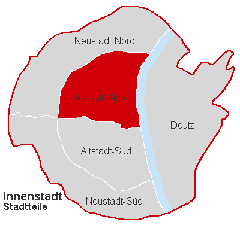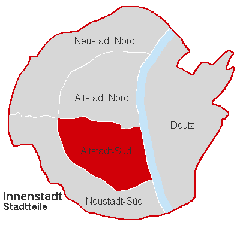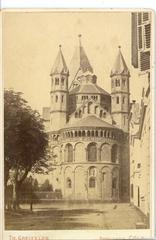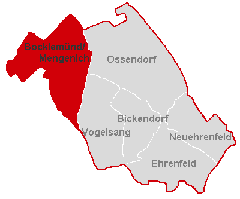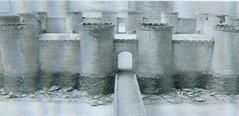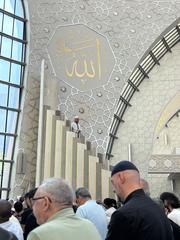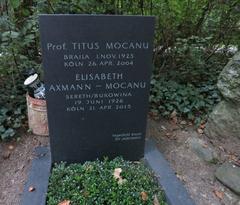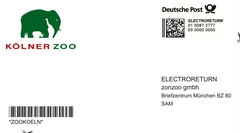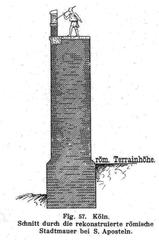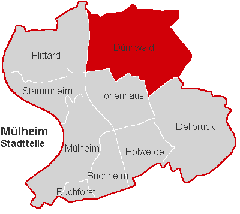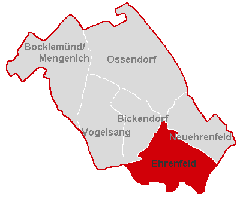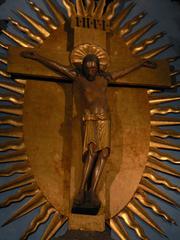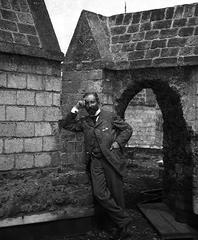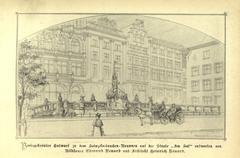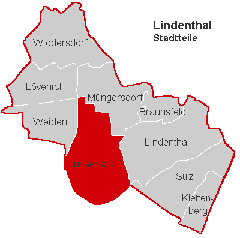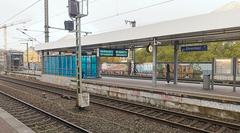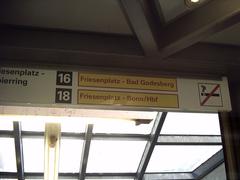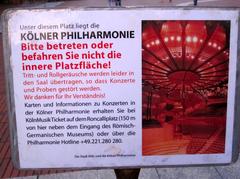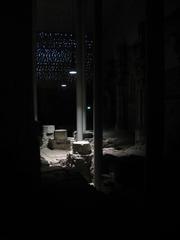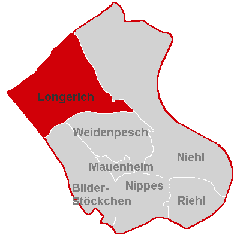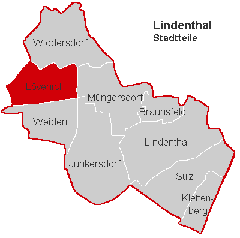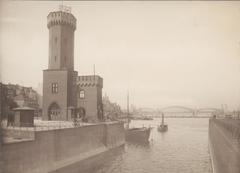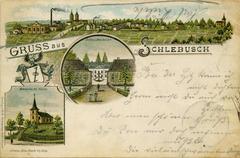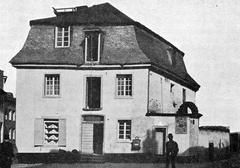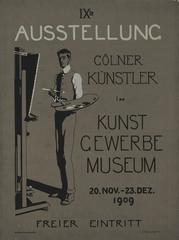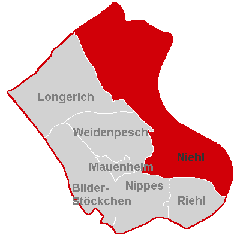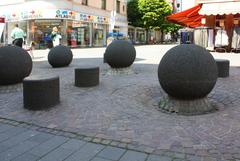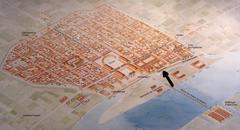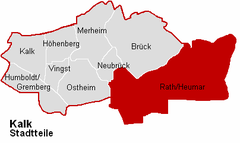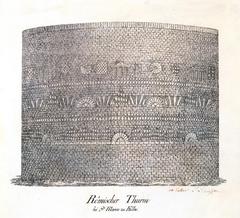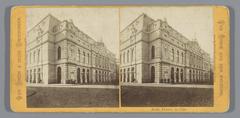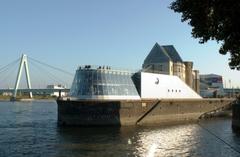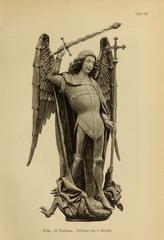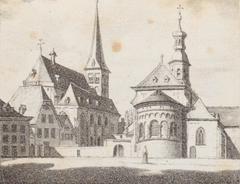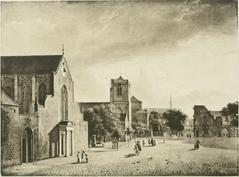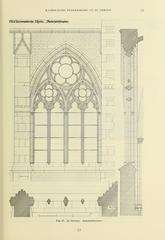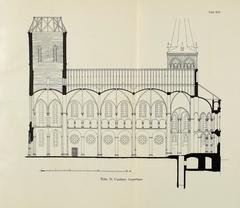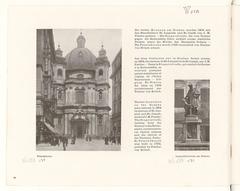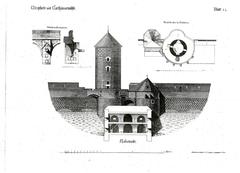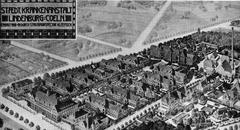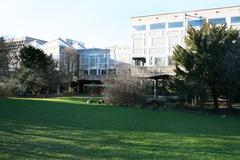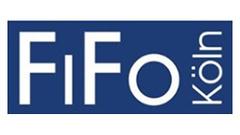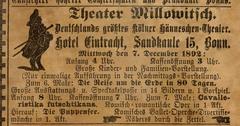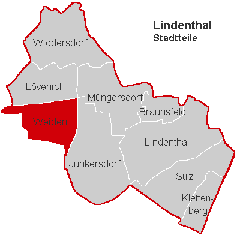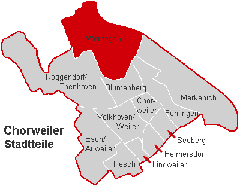Comprehensive Guide to Visiting Fuhligsweg, Cologne, Germany
Publication Date: 19/07/2024
Introduction
Nestled in the heart of Cologne, Germany, Fuhligsweg presents a captivating journey through time, embodying the city’s rich architectural and cultural heritage. This historic street, with roots tracing back to the Roman era, stands as a testament to Cologne’s dynamic evolution. It was part of the expansive Roman network, with archaeological excavations revealing remnants of Roman roads and artifacts (Cologne Tourism).
Throughout the medieval period, Cologne flourished as a major ecclesiastical center and a pivotal part of the Hanseatic League. Fuhligsweg’s proximity to the Cologne Cathedral, a UNESCO World Heritage site, underscores its historical importance (UNESCO). The street’s architectural landscape evolved during the Renaissance and Baroque eras, reflecting the artistic and cultural dynamism of these periods (Cologne History).
The 19th century brought rapid industrialization, transforming Fuhligsweg from a primarily residential area to a bustling street with commercial establishments. Despite extensive destruction during World War II, post-war reconstruction efforts in the 1950s and 1960s successfully restored many historical structures, preserving Fuhligsweg’s architectural heritage (Cologne Archives). Today, Fuhligsweg blends historical charm with contemporary vibrancy, featuring residential buildings, boutique shops, cafes, and cultural institutions that celebrate its unique past (Cologne Events).
Table of Contents
- Introduction
- Historical Background
- Visitor Information
- Cultural Significance
- Architectural Heritage
- Historical Landmarks
- FAQ
- Conclusion
Historical Background
Early History
Cologne, originally known as Colonia Claudia Ara Agrippinensium, was founded in 50 AD by the Romans. The strategic location of Cologne along the Rhine River made it a significant military and trade hub. Fuhligsweg was part of this expansive Roman network, with archaeological excavations in the area uncovering remnants of Roman roads and artifacts, indicating its long-standing historical significance (Cologne Tourism).
Medieval Period
During the medieval period, Cologne flourished as a major ecclesiastical center and was a pivotal part of the Hanseatic League. Fuhligsweg’s proximity to the Cologne Cathedral, a UNESCO World Heritage site whose construction began in 1248, underscores its historical importance (UNESCO).
Renaissance and Baroque Eras
The Renaissance and Baroque periods brought architectural and cultural transformations to Cologne. Fuhligsweg witnessed the construction of several notable buildings during this time, characterized by ornate facades and intricate detailing (Cologne History).
19th Century Industrialization
The 19th century marked a period of rapid industrialization in Cologne. Fuhligsweg evolved from a primarily residential area to a bustling street with commercial establishments. The advent of the railway system in the mid-19th century further accelerated Cologne’s growth, making it a crucial transportation hub (Deutsche Bahn).
World War II and Reconstruction
World War II had a profound impact on Cologne, with extensive bombing raids causing significant destruction. Fuhligsweg, like many parts of the city, suffered damage. Post-war reconstruction efforts in the 1950s and 1960s aimed to restore the historical essence of the street while incorporating modern urban planning principles (Cologne Archives).
Modern Era
In the modern era, Fuhligsweg has become a blend of historical charm and contemporary vibrancy. It is now home to a mix of residential buildings, boutique shops, cafes, and cultural institutions. Various cultural events and festivals highlight the street’s unique past (Cologne Events).
Visitor Information
- Visiting Hours: Most attractions along Fuhligsweg, including museums and historical sites, are open from 9 AM to 6 PM daily.
- Ticket Prices: Entry to some landmarks may require a ticket. For example, the Museum Ludwig charges €10 for adults, with discounts available for students and seniors.
- Accessibility: The street is pedestrian-friendly and accessible to visitors with mobility challenges. Public transportation options are available nearby.
Cultural Significance
Fuhligsweg’s cultural significance is deeply intertwined with Cologne’s broader historical narrative. The street has witnessed the city’s evolution from a Roman settlement to a modern metropolis. Landmarks such as the Museum Ludwig and the Wallraf-Richartz Museum underscore the street’s cultural importance (Museum Ludwig, Wallraf-Richartz Museum).
Architectural Heritage
The architectural heritage of Fuhligsweg is a testament to the various historical periods it has witnessed. From Roman foundations to medieval structures, Renaissance facades, and Baroque embellishments, the street is a living museum of architectural styles. Walking along Fuhligsweg offers a visual journey through Cologne’s architectural evolution (Cologne Architecture).
Historical Landmarks
Several historical landmarks along Fuhligsweg highlight its significance. The St. Gereon’s Basilica, one of the twelve Romanesque churches of Cologne, is a notable landmark near Fuhligsweg. Another landmark is the Eigelstein Gate, a medieval city gate that once marked the northern boundary of Cologne (St. Gereon’s Basilica, Eigelstein Gate).
FAQ
What are the visiting hours for Fuhligsweg?
Most attractions along Fuhligsweg, including museums and historical sites, are open from 9 AM to 6 PM daily.
Are there any ticket prices for attractions on Fuhligsweg?
Entry to some landmarks may require a ticket. For example, the Museum Ludwig charges €10 for adults, with discounts available for students and seniors.
How accessible is Fuhligsweg?
The street is pedestrian-friendly and accessible to visitors with mobility challenges. Public transportation options are available nearby.
Conclusion
Fuhligsweg stands as a living chronicle of Cologne’s illustrious past. From its Roman foundations to its modern vibrancy, this street encapsulates the city’s evolution. Don’t miss the chance to immerse yourself in the history and culture that Fuhligsweg has to offer. Download our Audiala app for more travel tips and stay updated by following us on social media.

